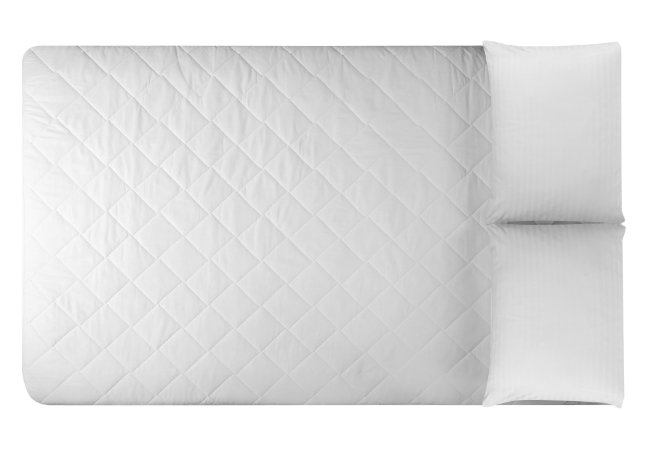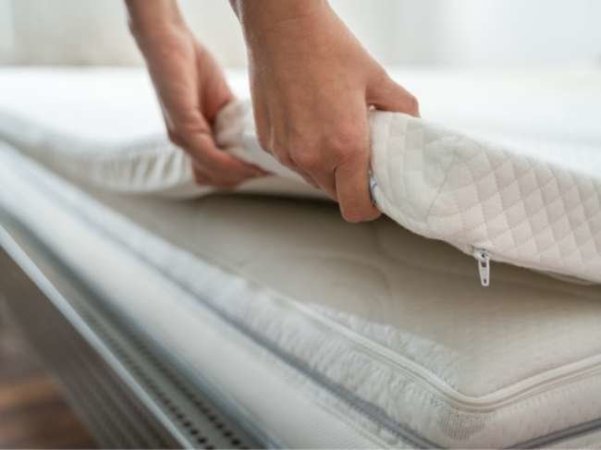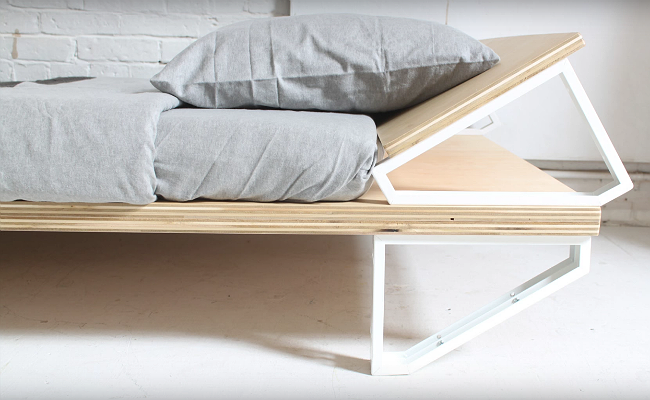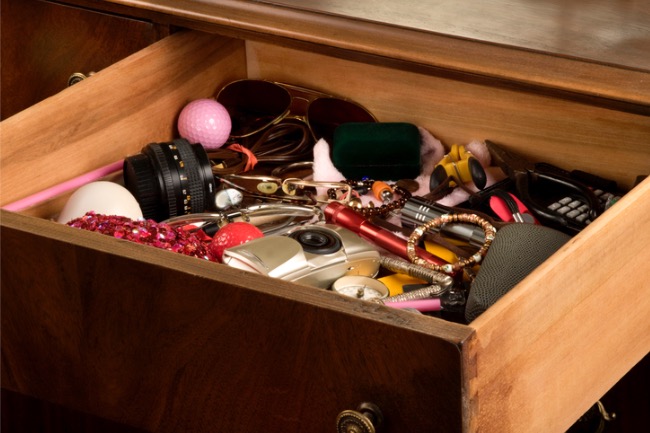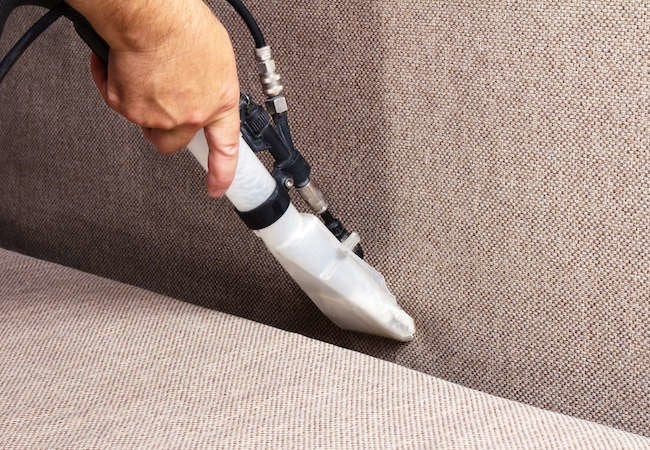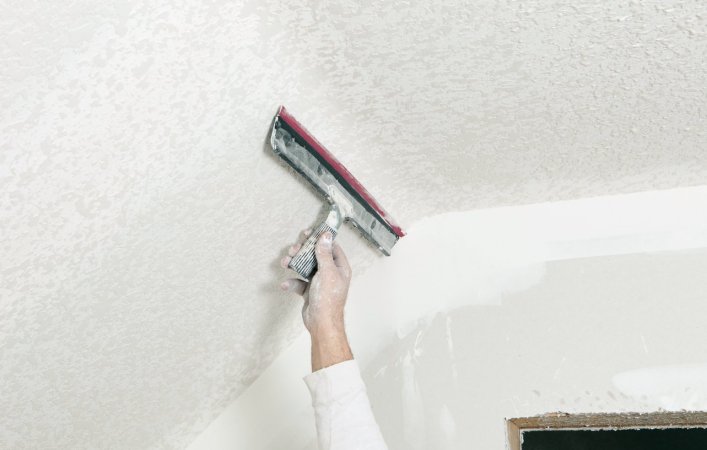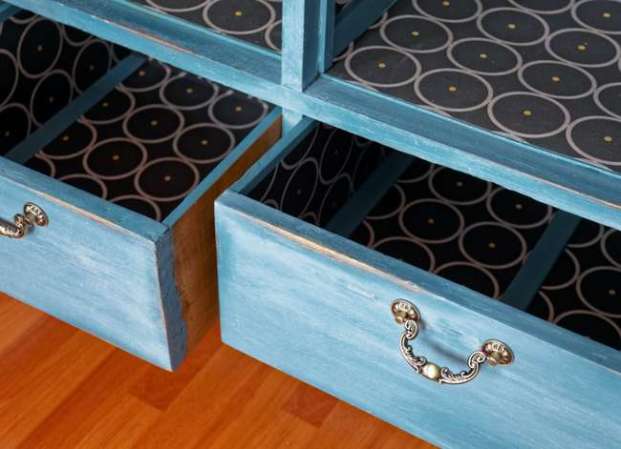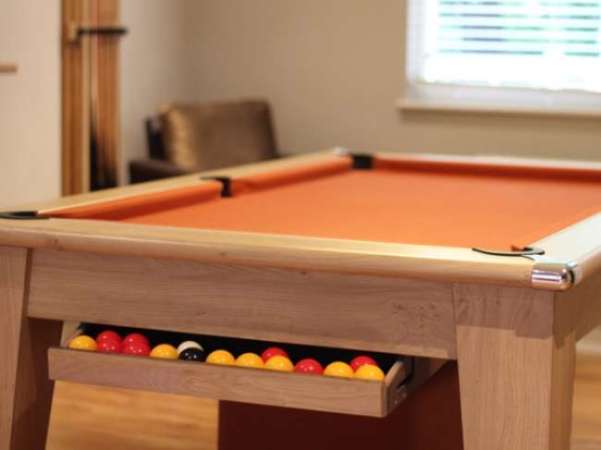We may earn revenue from the products available on this page and participate in affiliate programs. Learn More ›
One of the most important parts of your bedding is a pillow that can support your head and neck throughout the night to ensure you don’t wake up with pain or stiffness. However, most pillows do not last forever and eventually flatten out. Over time, they also absorb body oil, hair, and dead skin cells. According to the National Sleep Foundation, it’s recommended to replace pillows every 1 or 2 years. If you don’t, those body oils, hair, or skin cells can create odors and a home for dust mites, making your allergies act up.
Related: The Best Cooling Pillows for the Bedroom
Flat as a Pancake
One of the major signs your pillow isn’t giving you support anymore is if it is no longer fluffy. After extensive use, a pillow loses its shape and can become flat as a pancake. While some pillows, such as down and natural feather, last longer than others, eventually they will all lose their shape. To help maintain your pillow’s shape until it’s time to replace, give the cushion a light fluff each morning.

Something Smells
Like most home items, a bad odor can be a common indicator that it’s time to replace that item. With a pillow, a strong smell could mean your natural body odor and bacteria have seeped through the pillow material. Though gross to think about, if you sniff something funky—even after laundering your pillow—it’s likely time to replace it.
No Support, Just Pain
When your pillow doesn’t give you support any longer, causing you to wake up with a crick in your neck or a headache, you should look into a replacement pillow. If you have pain upon waking, it could mean your pillow’s lost its firmness or bounce. It could also be a sign you are using the wrong pillow for your sleep style.
Related: The Best Pillows for Side Sleepers
It’s not supposed to be that color, is it?
Over time, sweat, body oils, and leftover makeup can seep through a pillowcase and into a pillow to stain the fabric. If your pillow is unpleasant to look at, this should be a sign, in itself, it’s time for a new one. Don’t just cover it up discoloration with a clean pillowcase.
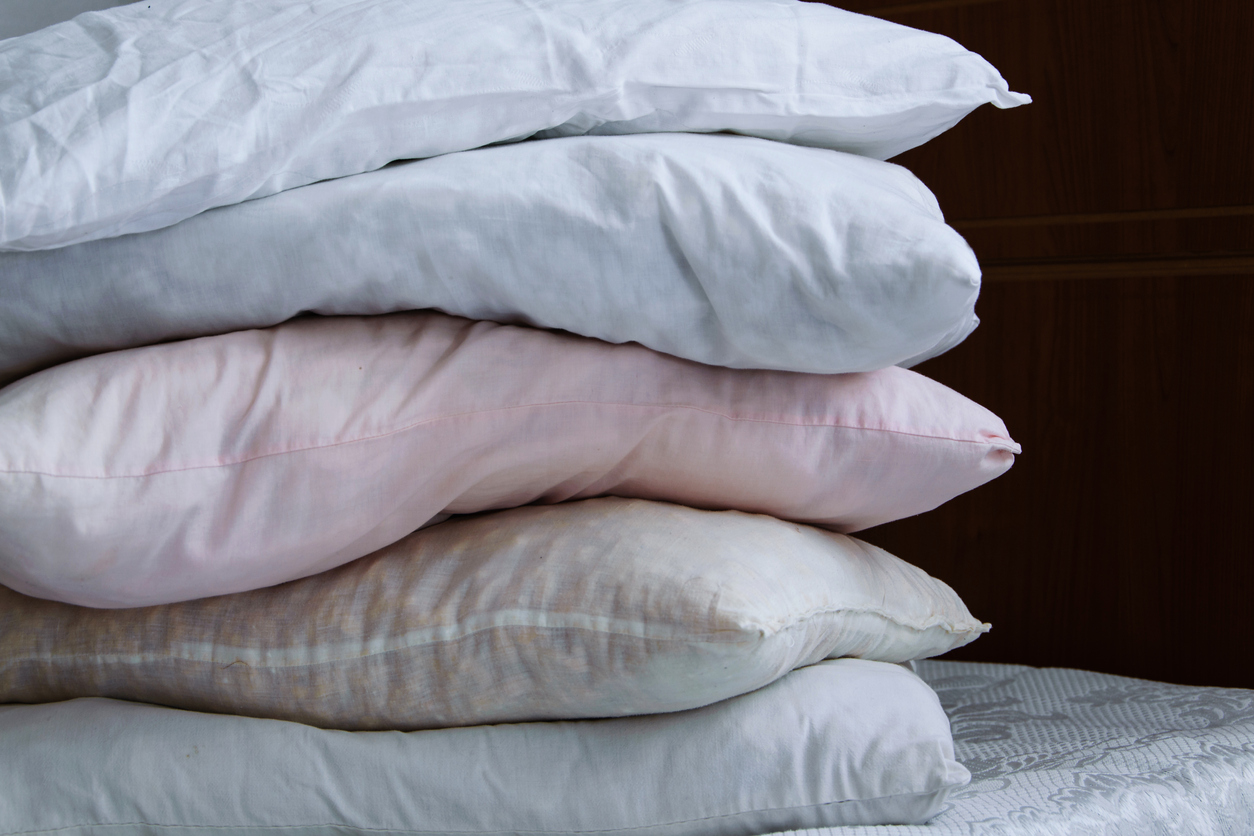
Lumps Aplenty
A lumpy pillow isn’t helping you get a good night’s rest and is another sign you need to replace it. Regardless of whether you have a foam or traditional pillow, lots of lumps often lead to uneven support, which can disrupt sleep and leave you tossing and turning throughout the night. Just like a mattress that has grown too lumpy and is not comfortable, a pillow with lumps cannot provide the same support and comfort as a fresh one.
What’s your sleep style?
The position you’re most comfortable snoozing in can affect the right type of pillow to support your head. For example, if you’re a former back sleeper who now sleeps on your side, you may need to swap pillows. A pillow for back sleepers requires a lower height to support the spine than one designed for side sleepers. If you are a side sleeper, you should check out a pillow that supports your head and neck.
RELATED: The Best Pillowcases for Your Bedding
The Fold Test
Thanks to TikTok, we discovered this handy trick to figure out if you’ve been sleeping on a “dead pillow.” This video explains that if you can fold your pillow in half and it doesn’t spring back to its shape, then it’s time to get a new one. Another sign your pillow is done: You continually need to re-fluff or reposition it throughout the night.
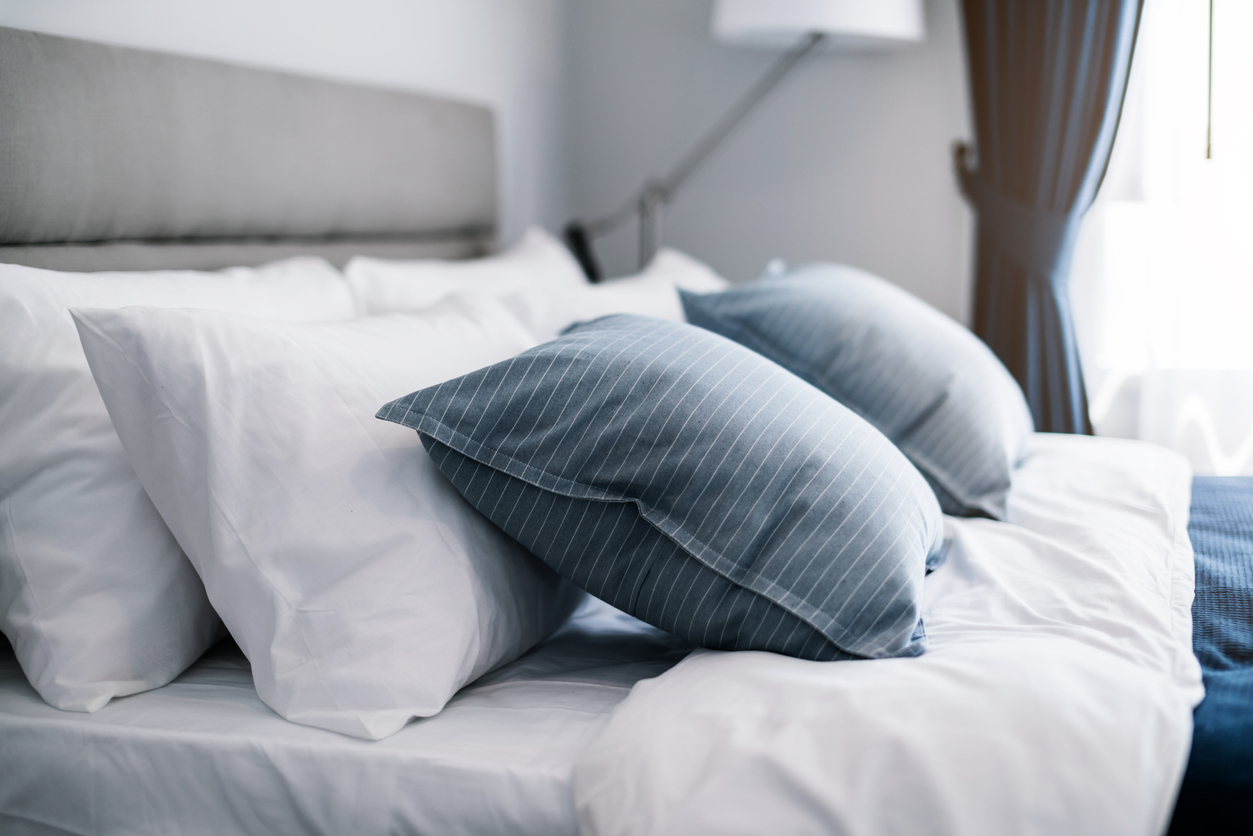
Prolonging The Lifespan of Your Existing Pillow
To help your pillow last longer, the National Sleep Foundation advises that you wash it every 6 months and add a protective case between the pillow and the pillowcase. Using hot water and mild detergent can help get rid of any dust mites as well as help solve odor and allergen issues. A machine-washable pillow should be fully dried on a low-heat setting to avoid mold growth.

